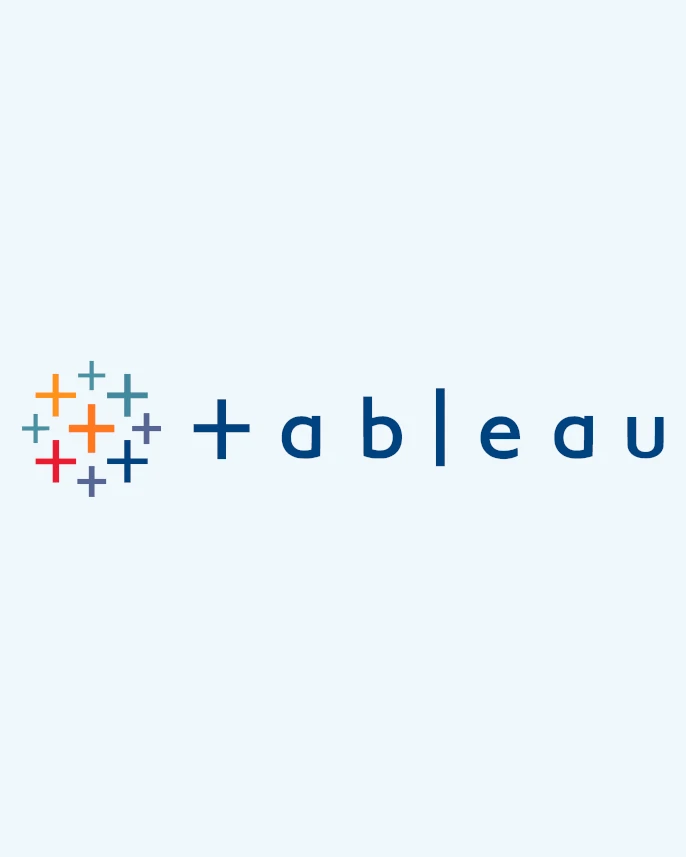Tableau is a leading business intelligence (BI) and data visualization tool that enables organizations to easily analyze and visualize their data. Moreover, transforming raw data into actionable insights. With its user-friendly interface and robust features, Tableau empowers users of all skill levels to create interactive dashboards, perform advanced data analysis, and make data-driven decisions. In this article, we will delve into the capabilities and benefits of Tableau, showcasing how this powerful tool simplifies data visualization and helps organizations unlock the full potential of their data.
Key Features of Tableau
Intuitive Data Visualization
Tableau’s drag-and-drop interface simplifies the process of creating visually appealing charts and graphs, enabling users to quickly explore their data and discover meaningful patterns and trends. With a wide range of visualization options, Tableau allows you to present your data in a way that is both informative and engaging.
Interactive Dashboards
Tableau’s interactive dashboards enable users to delve deeper into their data by applying filters, drilling down into specific data points, and exploring different views of the data. These interactive features empower users to ask and answer questions on the fly, facilitating a more comprehensive understanding of the data.
Advanced Data Analysis
Tableau offers a range of advanced data analysis features, including built-in statistical functions and predictive modeling. Moreover, integration with popular programming languages like R and Python. These advanced capabilities enable users to perform complex analyses and uncover valuable insights that might otherwise remain hidden.
Data Blending and Integration
Tableau can seamlessly connect to a wide variety of data sources, including databases, spreadsheets, cloud applications, and big data platforms. With its data blending feature, Tableau allows you to combine data from multiple sources. Moreover, providing a unified view of your data and enabling more comprehensive analysis.
Collaboration and Sharing
Tableau facilitates collaboration and sharing by allowing users to publish their dashboards and visualizations to Tableau Server or Tableau Online. This enables teams to collaborate on data analysis, share insights, and make data-driven decisions together.
Scalability and Security
Tableau is designed to scale with your organization, supporting both small businesses and large enterprises. With its robust security features, including data encryption, user authentication, and role-based permissions, Tableau ensures that your data remains secure and accessible only to authorized users.
The Benefits of Using Tableau
Simplified Data Analysis
Tableau’s user-friendly interface and intuitive visualization capabilities make it easy for users of all skill levels to analyze and understand their data. This simplification of data analysis enables organizations to harness the full potential of their data and make more informed decisions.
Improved Decision-Making
By transforming raw data into actionable insights, Tableau empowers organizations to make data-driven decisions. This improved decision-making can lead to better business outcomes, including increased efficiency, reduced costs, and enhanced competitiveness.
Enhanced Collaboration
Tableau’s collaboration and sharing features foster teamwork and facilitate a shared understanding of the data. By enabling teams to collaborate on data analysis and share insights, Tableau helps organizations make more informed, collective decisions.
Faster Time-to-Insight
Tableau’s real-time data visualization and analysis capabilities enable users to quickly explore and analyze their data, resulting in faster time-to-insight. By accelerating the process of uncovering insights, Tableau allows organizations to respond more rapidly to changing market conditions and capitalize on new opportunities.
Empowered Business Users
Tableau’s ease of use and intuitive interface empower business users to perform their own data analysis without relying on IT or data experts. However, this self-service approach enables business users to gain insights more quickly and reduces the burden on IT departments.
Increased Data Literacy
By making data analysis more accessible, Tableau encourages a data-driven culture within organizations. As more employees become comfortable with using data to inform their decisions, overall data literacy within the organization improves.
Customizable and Extensible
Tableau offers a wide range of customization options, allowing users to tailor the appearance of their visualizations and dashboards to meet specific needs. Additionally, Tableau’s extensibility features, such as integration with programming languages like R and Python, enable users to perform more advanced analyses and extend the platform’s capabilities.
Conclusion: Embracing Data Visualization with Tableau
In today’s data-driven world, effective data visualization and analysis are crucial for organizations seeking to unlock the full potential of their data and make informed decisions. Tableau’s powerful business intelligence tool simplifies the process of visualizing and analyzing data. Moreover, enabling users of all skill levels to create interactive dashboards, perform advanced data analysis, and collaborate on insights.
By adopting Tableau as your go-to data visualization tool, you can empower your organization to harness the power of data and make data-driven decisions that drive growth, efficiency, and competitiveness. As a result, your organization will be better equipped to navigate the challenges of the modern business landscape. Moreover, capitalize on new opportunities, ensuring long-term success and sustainability.
Learn more about technologies at DFID.com TechBuzz.
